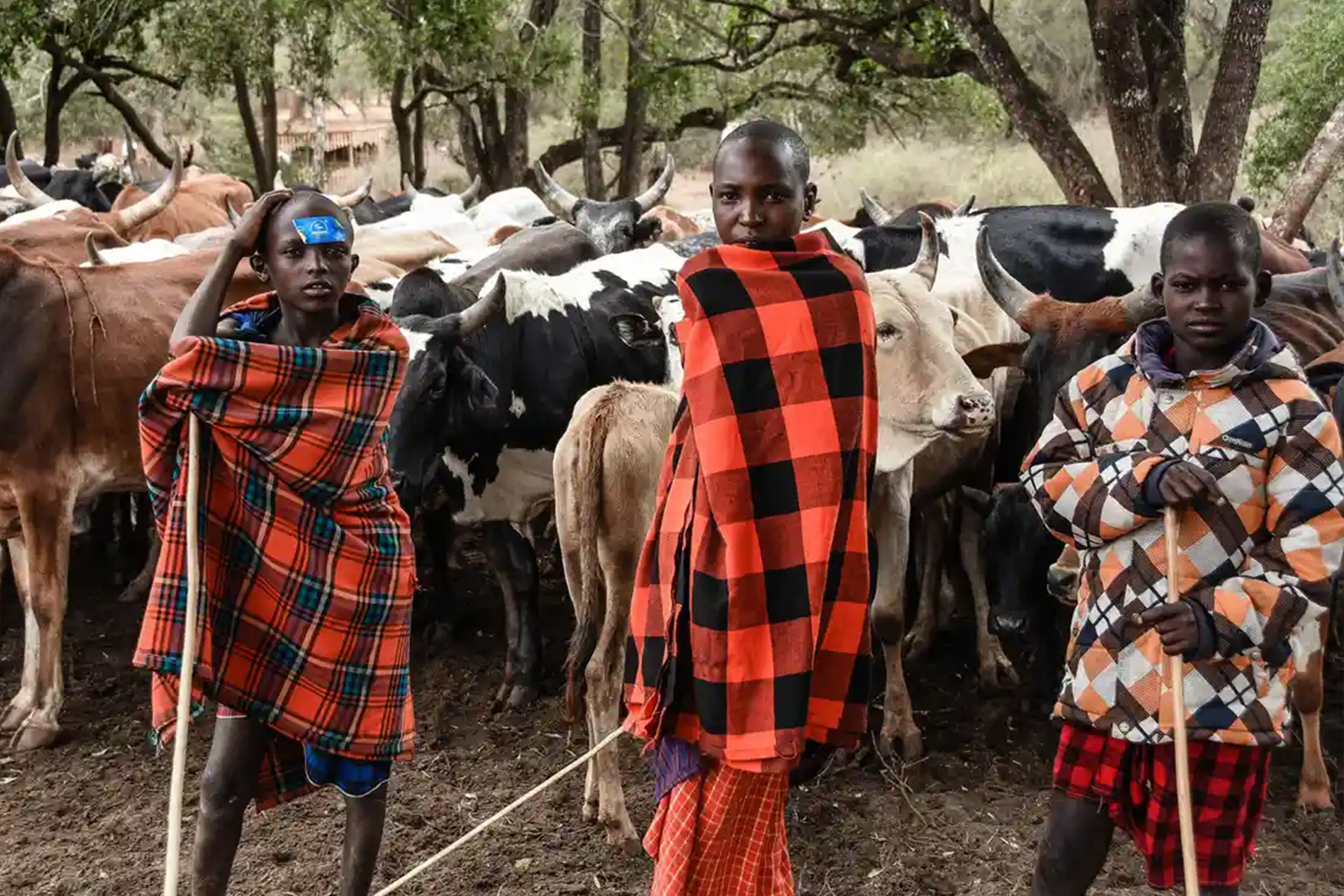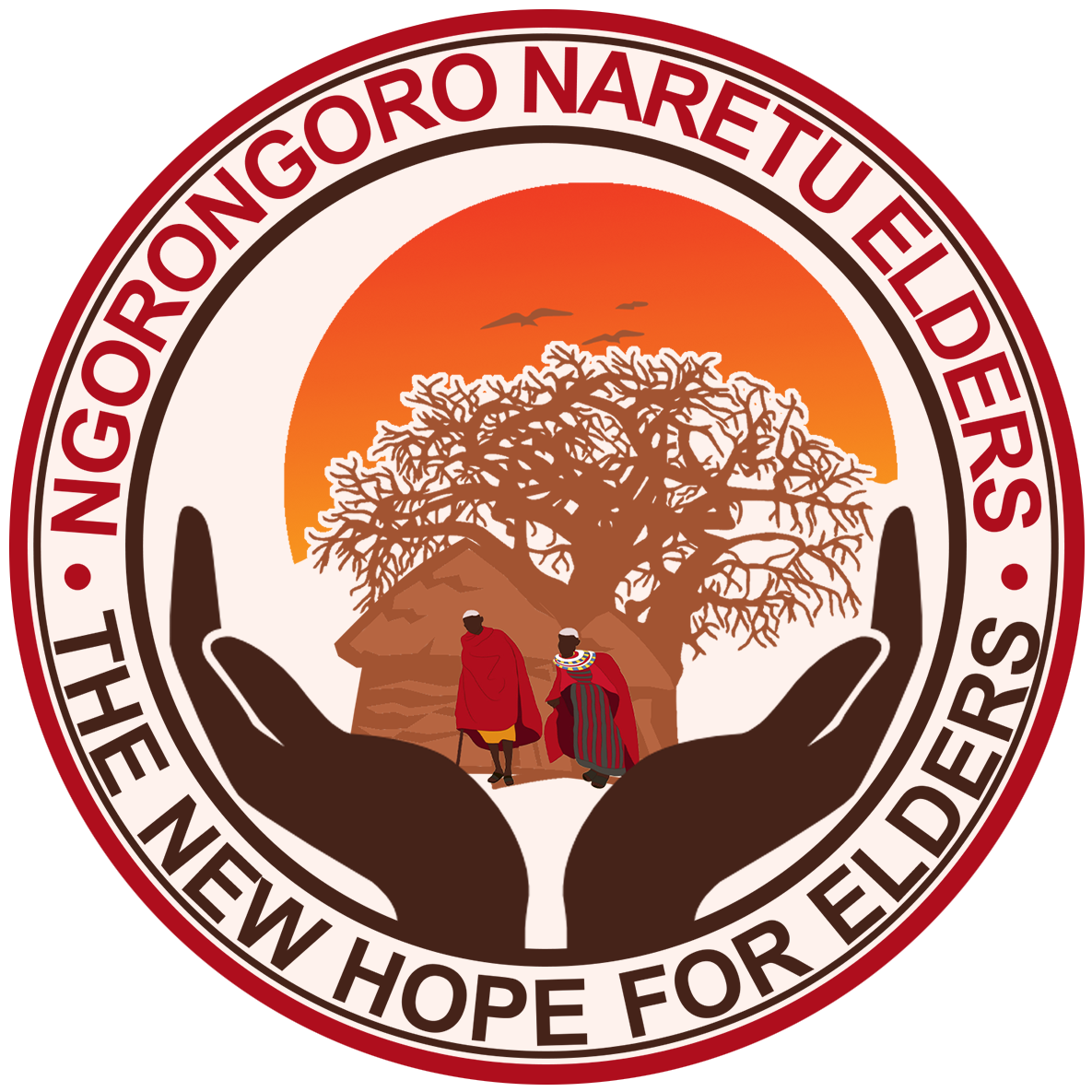Background & History
Location & People
Traditionally the Maasai are mono-theists believing in one God the creator Enkai, believing he dwells in the mountain Ol Doinyo Lengai of Northern Tanzania


Location of Ngorongoro Conservation Area
Ngorongoro Conservation Area is about 200k from Arusha in Tanzania. Arusha is about 100 k from Mt Kilimanjaro in the NE corner of Tanzania, on the border of Tanzania and Kenya.
The Ngorongoro Crater, a famous tourist destination, is home to the Big Five and stretches across 20 miles It is part of the Ngorongoro Conservation Area which has a land mass of two million acres or 809,000 hectares.
The Maasai People
Ngorongoro Conservation Area is also home to the Maasai; the best known but among the smallest ethnic group in Tanzania, there being almost one million of them in Tanzania out of 64 million people and another two million in Kenya. Traditionally the Maasai are mono-theists believing in one God the creator Enkai, believing he dwells in the mountain Ol Doinyo Lengai of Northern Tanzania.
The semi-nomadic Maasai pastoralists have always lived harmoniously with nature but with increasing restrictions over the past two hundred years. Cattle herds are a central part of their existence, the milk and blood being vital for their existence. Meat of goats and lambs and herbs are their main source of nutrition and the land is not suitable for growing crops. Donkeys are their main means of transporting water and firewood.


Critical Problems for the elderly Maasai
The elderly Maasai living in the Ngorongoro Conservation Area have critical problems with access to water, medical help and living aids during the declining years of their life, relying on others to help them with everything from toileting to accessing food, water and medical supplies.
In the past three years the Maasai people have also experienced the ravages of Covid, a severe drought, loss of livestock and little, if very basic aid from the Tanzanian government. There is much concern from humanitarian and scientific communities around the world about the future of the Maasai people being able to survive in the area with life as they have known it for centuries.










